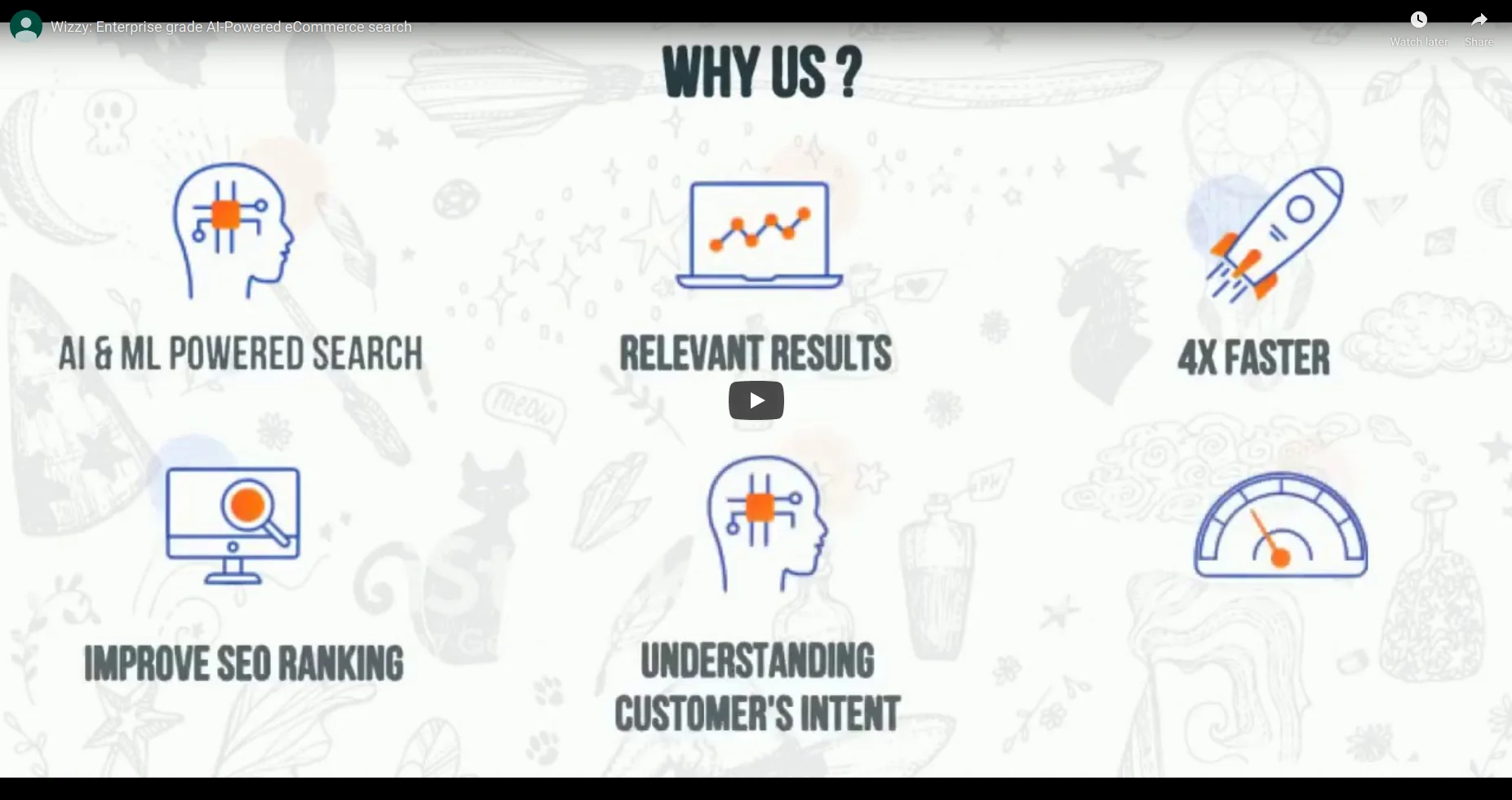(Source)
A bounce rate is one of those measures that most marketers and website owners keep a consistent eye on. High bounce rates (the rate at which visitors immediately close your website without looking at another page) are an indicator that something is off with your engagement levels, content relevancy, or user experience.
A research conducted by Portent indicated that pages that load in 1 second can get 40%+ conversion rates. On the other end, with a 2-second page speed, the conversion rate sees a decrease of 6%. Hence, without proper control of your site bounce rate and page speed, you might be missing out on huge conversion chances.
So knowing your bounce rate and its consequences, along with how to decrease it, can truly increase conversions for your website. In this post, we are going to see the top 5 ways to minimize visitor dropout and boost your website engagement with a great audience that will certainly transform into customers.
What is a Visitor Dropout?
Visitor dropout, commonly referred to as bounce rate, happens when a visitor exits your website post viewing solely one page without engaging in any further interaction with the site. This usually happens within seconds of landing, signaling that the initial page failed to meet the visitor’s expectations.
Common Causes of Visitor Dropout
There are numerous reasons for a high visitor dropout rate. However, most websites face visitor drop out due to some common causes. Let’s discuss them here:
- Slow Loading Speed: In a world where the attention spans are persistently shrinking, patience is thin. If your website takes ages to load, visitors will abandon it faster than you can even realize.
- Confusing Navigation: A website should be intuitive, guiding visitors seamlessly to their intended destination. Puzzling menus, hidden links, and unclear calls to action all contribute to visitor confusion and dropout.
- Mobile Unfriendliness: We live in a mobile society, and if your website lacks optimization for smartphones and tablets, you’re not leveraging a huge chunk of prospective traffic. Ensure your site is responsive and displays flawlessly across all devices.
- Content Overload: Overloading your website with text-heavy paragraphs and flashy visuals can overwhelm visitors. Fill it with clear headliners, pictures, and space; the content should be easy to digest.
- Lack of Credibility: First impressions matter. Maybe the reason behind visitor dropout is that your site isn’t credible enough since people normally go by how a book’s cover looks. Use top-notch visuals, layman’s language, and testimonials to build credibility.
Impact of Visitor Dropout on Website Performance
High rates of visitor dropout can significantly harm your website performance by reducing engagement, lowering conversion rates, and negatively impacting search engine ranking. Search engines consider websites with high bounce rates less relevant, so your SEO visibility might be affected.
Top 5 Ways to Reduce Visitor Dropout
With all the points discussed above, you might now understand the importance of focusing on bounce rate. And you might already be searching for ways to reduce visitor dropout, but you don’t need to worry! We are here to help with the top ways you can reduce your bounce rate.
So, keep going:
1. Improve Website Speed and Performance
Website loading speed is directly related to visitor retention. Exponentially, adding a single second to the loading time of a website will increase the drop-off rate by people within that website. Faster websites give good user experiences and hence keep people on the website for longer, browsing more pages. This doesn’t just get the bounce rate lower but can also result in more conversions and a higher rate of revisits.
To optimize your website’s speed, you undertake certain technical and strategic approaches:
- Compress and Optimize Images: Large images can severely impact a website. Using tools to compress images without losing quality can significantly improve loading times.
- Minimize HTTP Requests: Trim down the range of elements on your page to decrease the number of HTTP requests required to load the page.
- Enable Browser Caching: By allowing browsers to cache specific website elements, return visitors can load the page faster since their browser can retrieve cached data.
- Improve Server Response Time: Look for performance bottlenecks like slow database queries, slow routing, or insufficiency in appropriate memory and redress them.
2. Enhance Website Navigation and User Experience
Website visitor dropout is drastically reduced when the user can intuitively navigate through it. Users visit a site believing it will provide the information or edition they want. Your site is more likely to have a high bounce rate if your navigation is confusing or cumbersome and visitors bounce simply because they do not want to deal with the headache associated with exploring all that content.
Intuitive navigation means a logical, clean structure that relates to the user’s expectation and makes scrolling along easier. This improves user satisfaction, and at the same time leads to more interactions with your site content.
Discover ways to enhance UX with the following tips:
- Consistency in design: Maintain the consistency of all elements that you have in your page design, including fonts, colors, and layouts, throughout your web page. Such harmony and consistency make your site a real pleasure to navigate.
- Responsive Design: Make your website compatible with smartphones, tablets, and desktops. Today, with mobile phones contributing up to 50% of global internet traffic, a site must be mobile-adaptive.
- Loading Speed: Your website’s loading time has to be made good by optimizing the images and reducing reliance on heavy scripts. Research has indicated that slow-loading websites often hurt user retention.
- Accessible Contact Information: Keep your contact information easily accessible to build trust and provide support when needed.
3. Create Compelling and Relevant Content
Content is essential in capturing and retaining the visitor’s interest. It reduces dropout rates by making users spend more time on your website, hence lowering the bounce rate.
Content that entertains, educates, or addresses issues succeed in retaining visitors’ attention and encourages them for further exploration. Engaging content is also more likely to gain traction, thereby increasing traffic and conversions.
Strategies for creating relevant and valuable content:
- Audience Research: Do a thorough audience analysis. Know who they are, connect with them, and translate your content based on their demographics, interests, or pain points.
- High-Quality Visuals: Use high-quality images, video content, and infographics to support your written text. Visuals help simplify complex data and make content more attractive.
- Fresh Content: Update your content so that it remains current and updated, regularly. For example, it might be as simple as updating some statistics in your article, adding recent examples of the topic, or providing a bit more depth on the subject.
- SEO Best Practices: Use keywords, create meta descriptions, and optimize headers following best practices. Doing this not only makes your content rank better in search engines but also guarantees that it reaches the appropriate audiences.
4. Implement Clear Call-to-Actions
Clear and compelling CTAs (call-to-actions) are critical in steering user behavior on a website. A well-sited CTA steers users toward taking the desired actions, be it signing up, downloading, or making a purchase, thereby substantially reducing the dropout rate.
Effective CTAs address user hesitation and provide a clear path to follow, thereby enhancing user experience and encouraging engagement.
Tips for creating compelling CTAs:
- Visibility: Ensure that CTAs are prominently displayed and easy to find. Leverage contrasting colors to ensure they stand out from the rest of the page.
- Clarity in Message: Your CTA text should be precise and direct. Users should understand what to expect after clicking.
- Urgency and Relevance: Incorporate a sense of urgency with phrases like “Offer expires soon” or “Hurry, limited slots available” to compel users to act quickly.
- Strategic Placement: Put CTAs in intuitive places where users naturally engage the most, such as the conclusion of a blog post or beside key pieces of content.
5. Optimize for Mobile Responsiveness
You may want to optimize for mobile responsiveness; a sizable portion of web traffic worldwide is from mobile devices. This was revealed in a Data Reportal report which claimed that over half (53%) of total internet usage occurred on mobile devices. Therefore, more conversions can be made.
A mobile-responsive site will adjust its layout and behavior to fit the screen available, which translates into a perfectly navigable user experience. This not only makes it a better user experience but also helps your SEO as search engines prefer sites that are mobile-friendly.
Some ways to make your website responsive in mobile:
- Responsive Design: Utilize responsive web design frameworks, such as Bootstrap or Foundation to construct a website that is able to adapt dynamically to different screen sizes and orientations.
- Touch-Friendly Interface: From buttons to menu links, all design elements must be easier for a user to interact with on touchscreens.
- Optimize Media: Compress images and properly choose file formats so they not only load fast but also look good even on small screens.
- Keep Text Input Minimal: Avoid typing as much as possible, use dropdown menus, checkboxes, or toggling interfaces.
Conclusion
Keeping your website visitors engaged isn’t magic, but it is a strategic effort. By combining user experience, clear communication, and providing value, you can turn those prospects into paying customers.
Always test different things to see what works best with your audience and constantly adapt to changing user behaviors.
Remember, a well-designed website is an inviting conversation starter. Implement these tips, analyze your results, and refine your approach to watch your bounce rate reduce and visitor engagement skyrocket.



